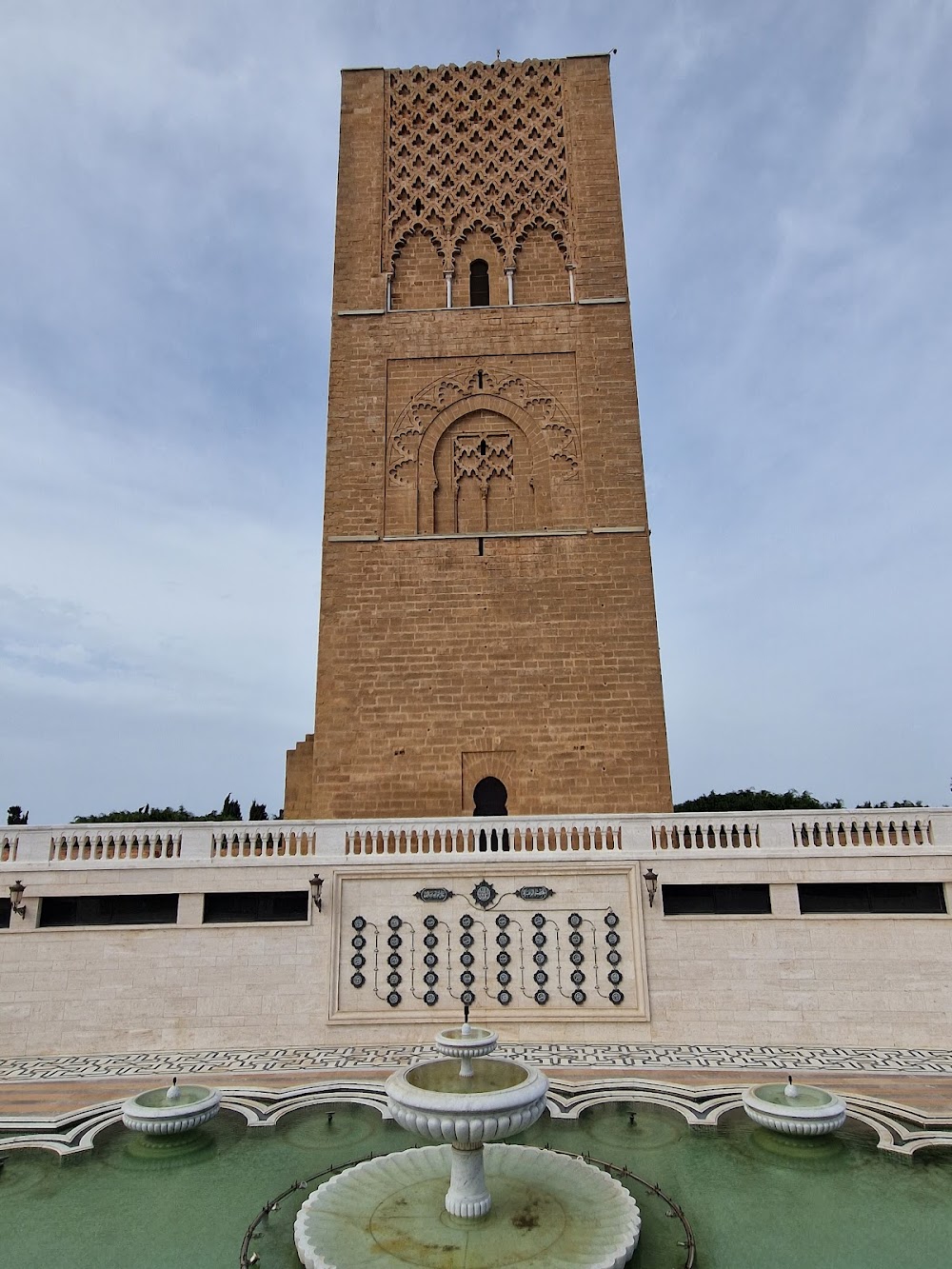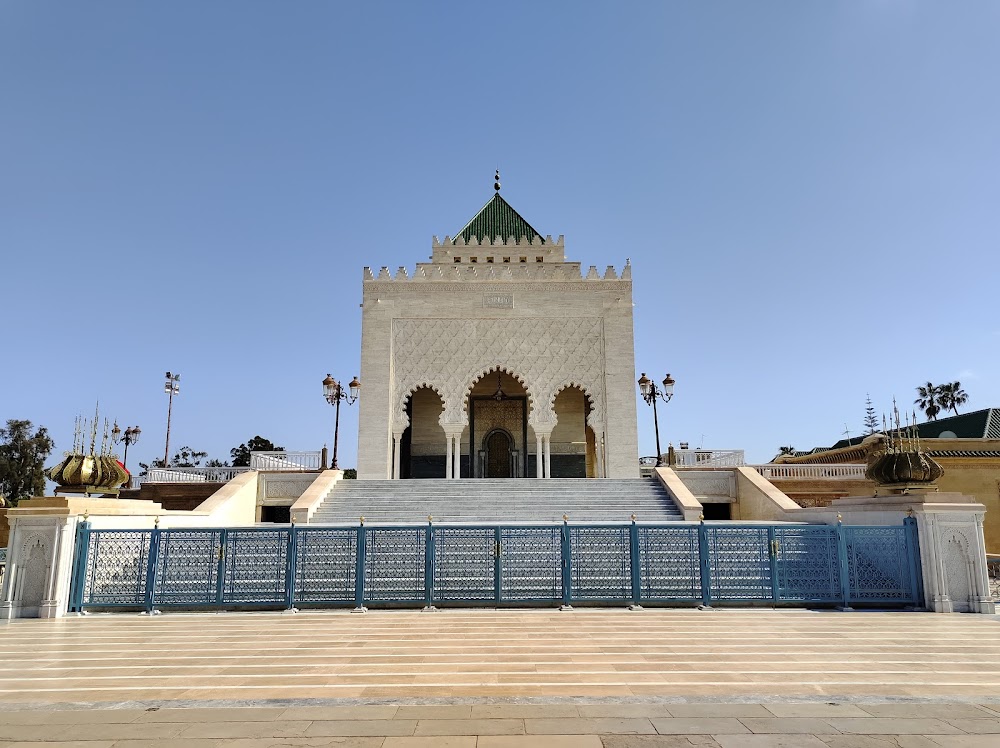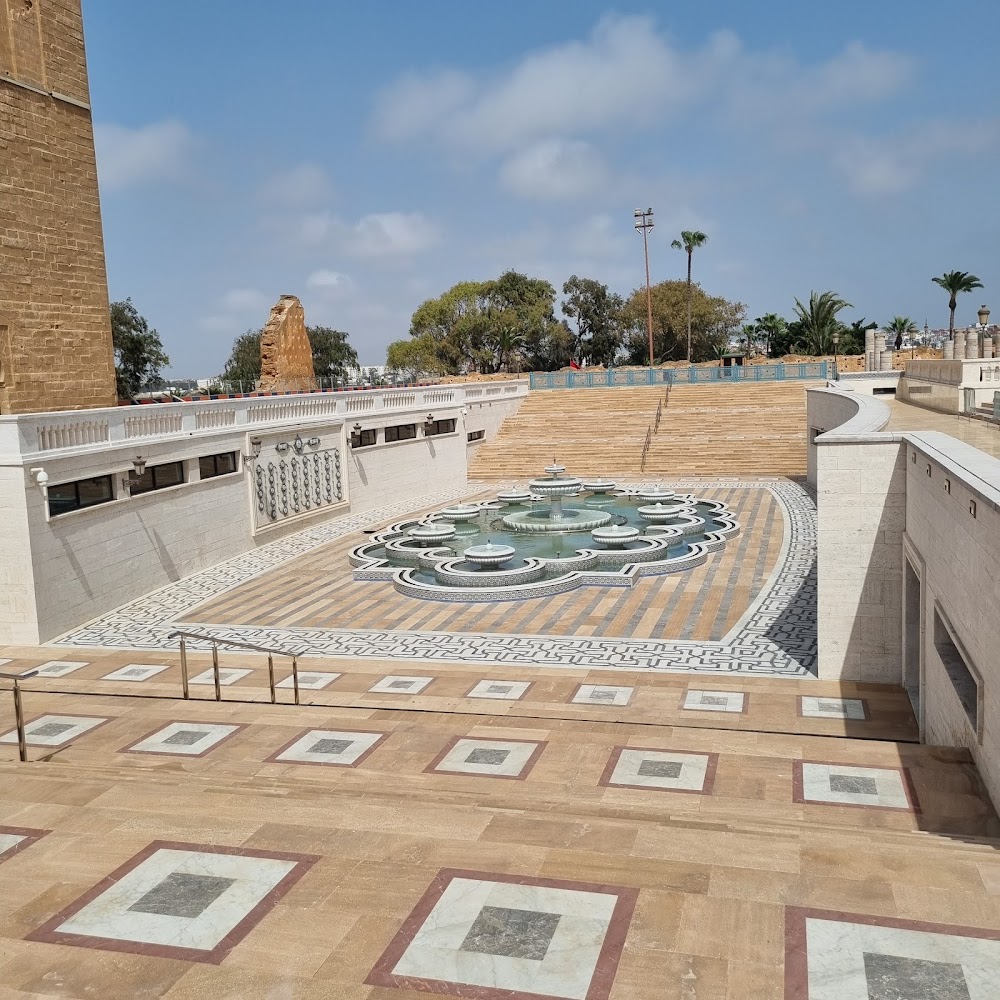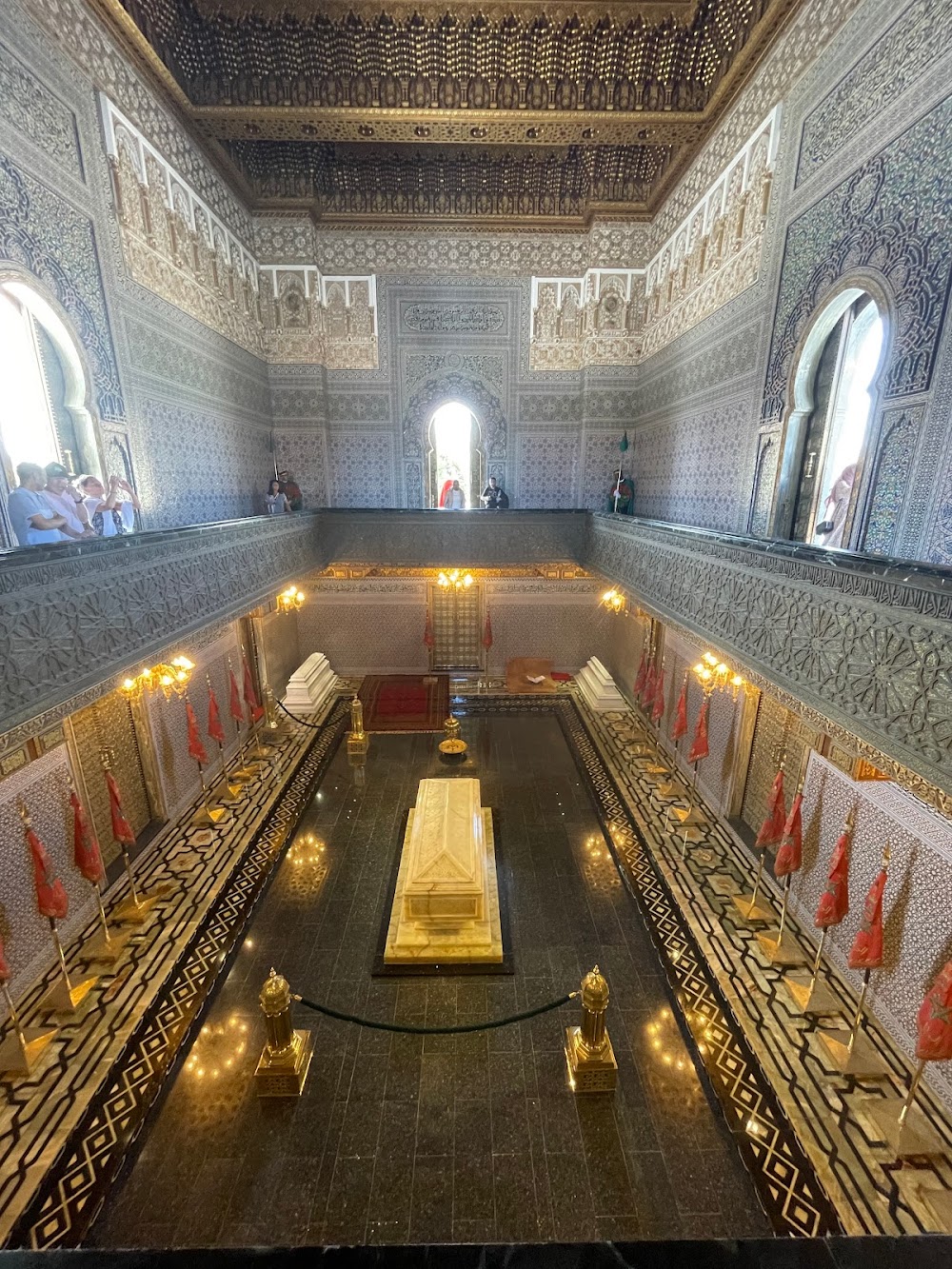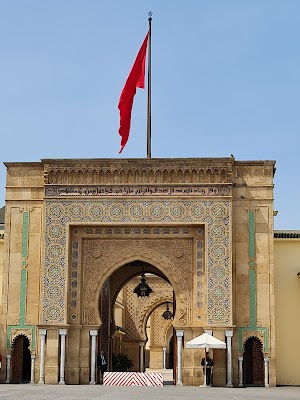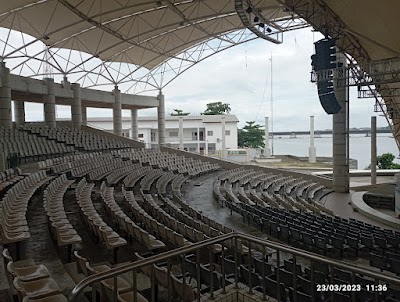Hassan Tower (صومعة حسان)
Overview
Hassan Tower is an iconic landmark situated in the heart of Rabat, Morocco. Its captivating story dates back to the 12th century during the reign of Sultan Yacoub al-Mansour, the third Caliph of the Almohad dynasty. This magnificent tower is not just a structure; it embodies the grandeur and ambition of the Sultan’s vision to establish Rabat as a prominent capital of the Islamic world.
The construction of Hassan Tower began in 1195, with the intention of creating one of the world’s largest mosques. Designed to serve as the mosque's minaret, the Sultan envisioned it as a rival to the majestic Giralda in Seville and the Koutoubia Mosque in Marrakech, showcasing the might and splendor of his dynasty. The architect behind this ambitious project remains unknown, but his vision was to create a tower that would reach an impressive height of 86 meters (282 feet).
Tragically, construction was halted in 1199 upon the death of Sultan Yacoub al-Mansour. Consequently, the tower was capped at a height of 44 meters (144 feet), leaving it unfinished yet still awe-inspiring. Alongside the tower stand over 200 columns that were intended to support the vast prayer hall of the mosque, offering visitors a glimpse into the monumental scale that was originally planned for this important complex.
The architectural style of Hassan Tower is a stunning example of Almohad design, featuring intricate stone carvings, geometric patterns, and horseshoe arches that highlight the beauty of Islamic architecture from this era. Its distinctive red sandstone construction enhances its visual appeal, while the detailed stonework on the facade showcases the remarkable craftsmanship of the time.
Despite its unfinished state, Hassan Tower has become a symbol of Rabat and a representation of Morocco's rich history. In 2012, it was designated a UNESCO World Heritage Site as part of the Medina of Rabat, underscoring its cultural and historical significance.
Over the centuries, both the tower and its surrounding ruins have withstood the test of time and natural events, standing resilient as a monument to the past. Today, it attracts countless visitors from around the globe, eager to marvel at its beauty and the ambitious spirit it represents.
In addition to its historical and architectural value, Hassan Tower is conveniently located near another significant landmark: the Mausoleum of Mohammed V. This mausoleum houses the tombs of King Mohammed V, who played a pivotal role in Morocco's independence, along with his sons, King Hassan II and Prince Abdallah. The close proximity of these two sites makes the area a center of great cultural and historical importance in Morocco.
Ultimately, Hassan Tower is not merely a monument; it serves as a bridge between the past and present, embodying Morocco's rich history and architectural heritage. The story of Hassan Tower is a powerful reminder of the grand ambitions of the Almohad dynasty and the enduring impact they had on the region.


